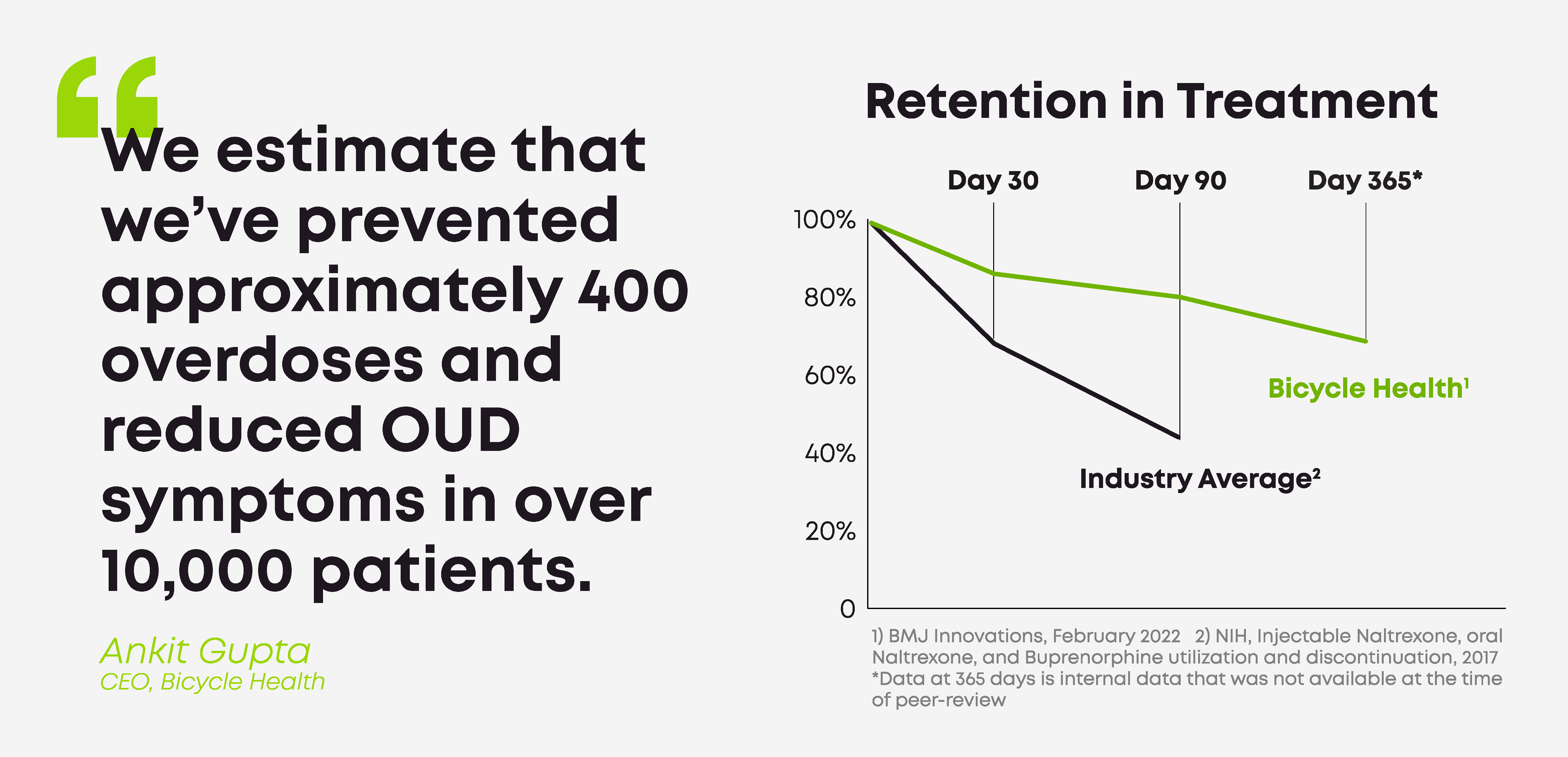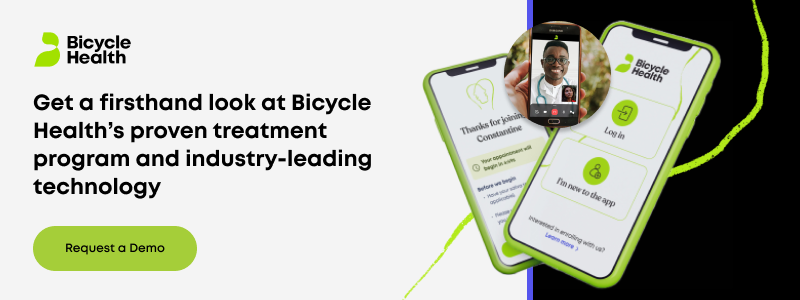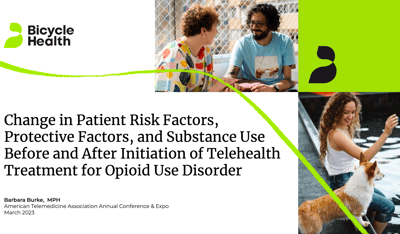Opioid use disorder (OUD) is a serious problem that destroys lives through addiction. Friends and families watch in silence, unable to help until their loved one is ready to ask for it. It’s a devastating and difficult challenge to overcome, but with dedication and the right treatment, individuals can find a path toward a better life.
Unfortunately for many, one of the most significant hurdles is cost. Therapeutic prescriptions, in-person care, and any combination thereof are very expensive. So what about changing the care model? Since the start of the pandemic, society has adapted to new ways of life—opening the door to remote opportunities. One result of this has been making treatment for OUD more accessible. But does telehealth reduce costs? Let’s take a look.
Hidden Costs of Opioid Use Disorder
Medical treatment for opioid use disorder (MOUD) often comes with a steep cost—coming in between $6,000-$14,000 per year per person for methadone, buprenorphine, or naltrexone. And those are just the patient-facing costs. The burden can be even greater for insurance and healthcare providers.
Insurance and Healthcare Costs
Left untreated, OUD can negatively impact one’s health in a variety of ways, leading to significant cost burdens to the healthcare system. It’s not an exaggeration when we call it an opioid epidemic, as OUD results in nearly $35 billion in healthcare costs each year between healthcare and OUD treatment methods. Healthcare research firm Premier estimates that overdose incidents alone cost hospitals $1.94 billion annually, based on a sample of almost 100,000 patients.
But there’s light at the end of the tunnel with the right interventions. Costs for individuals in MOUD treatment are significantly less than for untreated individuals—partly because MOUD is associated with lower rates of relapse and decreased emergency department utilization. Overall, improving access to evidence-based treatments can save $25,000-$100,000+ in lifetime costs per person—including both healthcare and criminal justice costs.
Bicycle Health’s Impact on Cost Savings
Bicycle Health is the leading telehealth provider of integrated medical and behavioral healthcare for OUD treatment. We’re proud to say that our program maintains high retention rates, with 80 percent of insured patients remaining in recovery beyond 90 days and 70 percent remaining beyond 12 months.
“We estimate that we’ve prevented approximately 400 overdoses and reduced OUD symptoms in over 10,000 patients ... a reduction in healthcare costs of over $1.5 billion.” says Bicycle Health’s founder and CEO, Ankit Gupta.

Estimated Savings from Marketing
Bicycle Health knows how vital it is to reach the right patients at the right time. But that also means we need to know how to find them. Our marketing investment to gain referral patients aims to save healthcare providers $28 million in OUD care, while our effort to gain direct patients aims to save $31 million.
But on the whole, reducing OUD treatment costs extends beyond simple availability and enrollment.
Estimated Savings for Treatment Adherence
The adage, “You can lead a horse to water, but you can’t make it drink,” illustrates an important point: Adherence is key. In fact, UPMC Medicaid found that after six months, just 3.6 percent of MOUD-adherent patients experienced nonfatal overdoses in emergency departments—compared to 13.2 percent of non-adherent MOUD patients. This is why we’re so proud of Bicycle Health’s 70 percent retention rate after 12 months.
The cost differences between those who are MOUD adherent and non-adherent are striking. Two studies in particular highlight total healthcare cost differences—including pharmacy, outpatient, inpatient, and ED charges—between each group:
- Kaiser Permanente: $13,578 was spent on healthcare costs for those who were adherent to a regimen of buprenorphine and addiction counseling compared to $31,055 for patients who were non-adherent or received little to no addiction treatment, yielding over $18,000 in annual savings.
- Commercial Payer: $29,000 was spent on those who were adherent to Buprenorphine-medication assisted therapy (B-MAT) versus $49,000 on B-MAT users who were non-adherent, yielding $20,000 in annual savings.
Pursue a New Path to Recovery
Managing OUD is often a long and hard-fought battle, in which many questions must be answered. MOUD or counseling? In-person or virtual? Does telehealth reduce costs?
Get your questions answered. See how Bicycle Health can bring costs down and drive treatment forward. Explore our solutions—discover how we work today!




